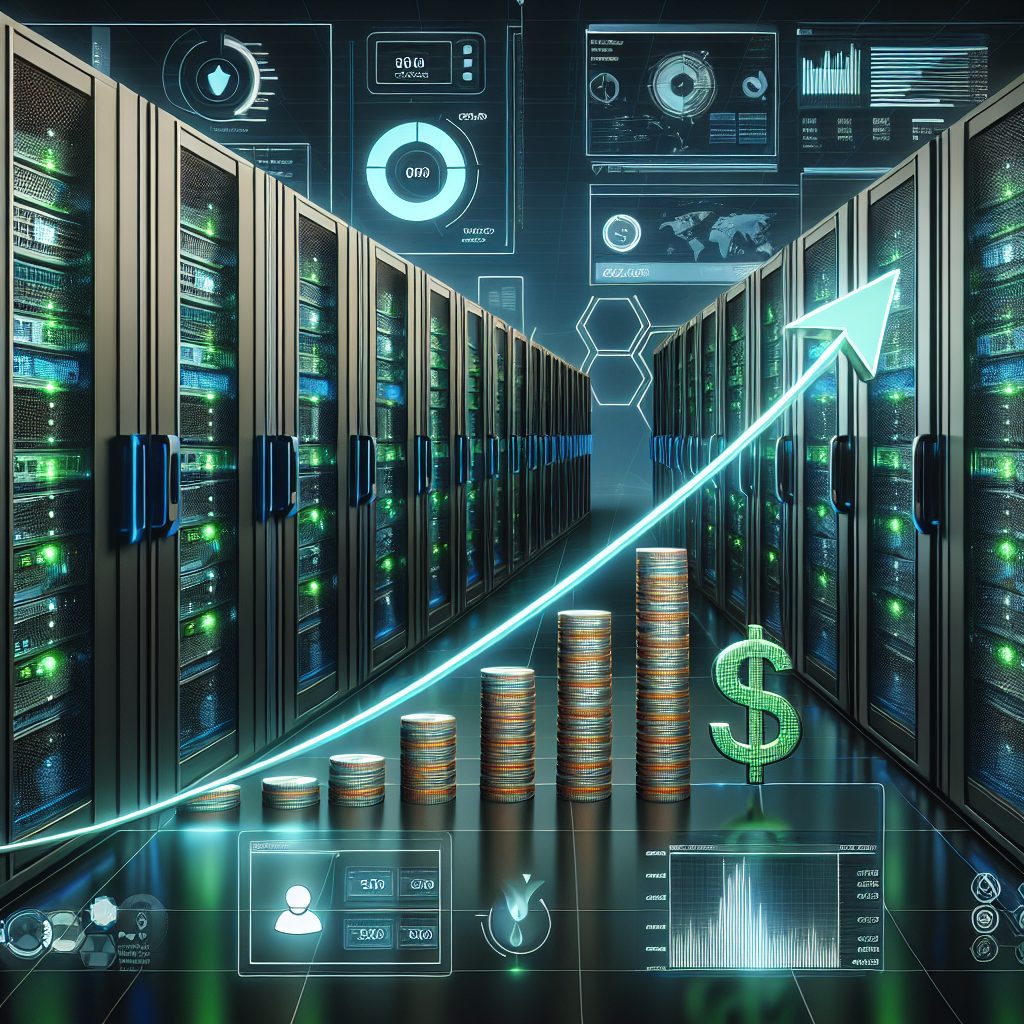Fix today. Protect forever.
Secure your devices with the #1 malware removal and protection software
Data centers play a crucial role in the operations of businesses and organizations, serving as the hub for storing, processing, and managing data. With the increasing reliance on technology and the growing amount of data being generated, it is more important than ever to ensure that data centers are operating at peak performance. One way to achieve this is through effective monitoring of key metrics that can help identify potential issues, optimize performance, and ultimately lead to cost savings.
Monitoring the performance of a data center involves tracking various metrics that provide insights into the health and efficiency of the infrastructure. By regularly monitoring these key metrics, data center operators can proactively address any issues before they escalate into bigger problems, thus minimizing downtime and ensuring smooth operations.
One of the most important metrics to track is power usage effectiveness (PUE), which measures the efficiency of a data center in terms of how much energy is used for computing versus overhead functions such as cooling and lighting. A low PUE indicates that a data center is operating efficiently and using energy effectively, leading to cost savings in the long run.
Another critical metric to monitor is temperature and humidity levels within the data center. These factors can have a significant impact on the performance and lifespan of equipment, as well as the overall energy consumption of the facility. By maintaining optimal temperature and humidity levels, data center operators can ensure that equipment operates efficiently and reduce the risk of failures due to overheating or condensation.
Monitoring network traffic and bandwidth usage is also essential for optimizing performance and identifying potential bottlenecks that could affect the speed and reliability of data transfer. By tracking these metrics, data center operators can allocate resources effectively, upgrade networking infrastructure as needed, and ensure that data is transmitted efficiently.
In addition to these key metrics, monitoring server and storage utilization, CPU and memory usage, and disk I/O performance are also crucial for identifying performance issues, optimizing resource allocation, and maximizing the efficiency of the data center.
By tracking and analyzing these key metrics, data center operators can gain valuable insights into the performance of their infrastructure, identify areas for improvement, and implement strategies to enhance efficiency and reduce costs. Effective monitoring of these metrics not only helps to ensure the smooth operation of a data center but also contributes to overall business success by enabling organizations to make informed decisions based on real-time data and analytics.
Fix today. Protect forever.
Secure your devices with the #1 malware removal and protection software

Leave a Reply
You must be logged in to post a comment.